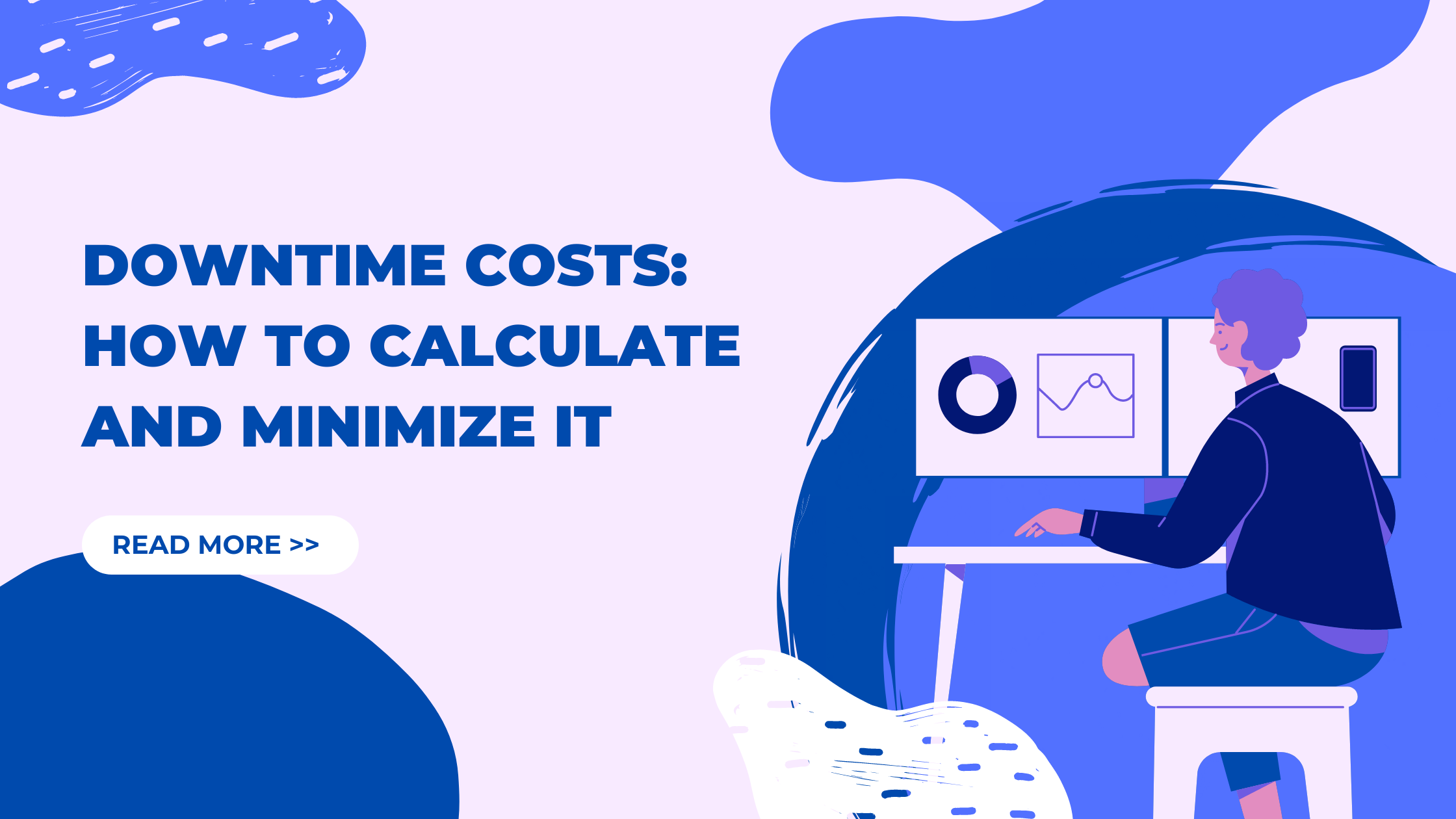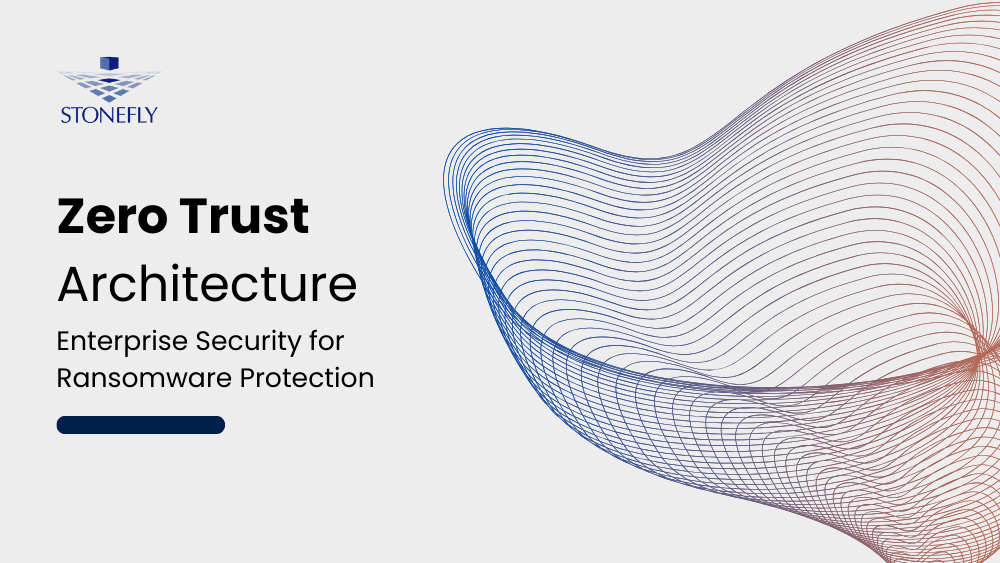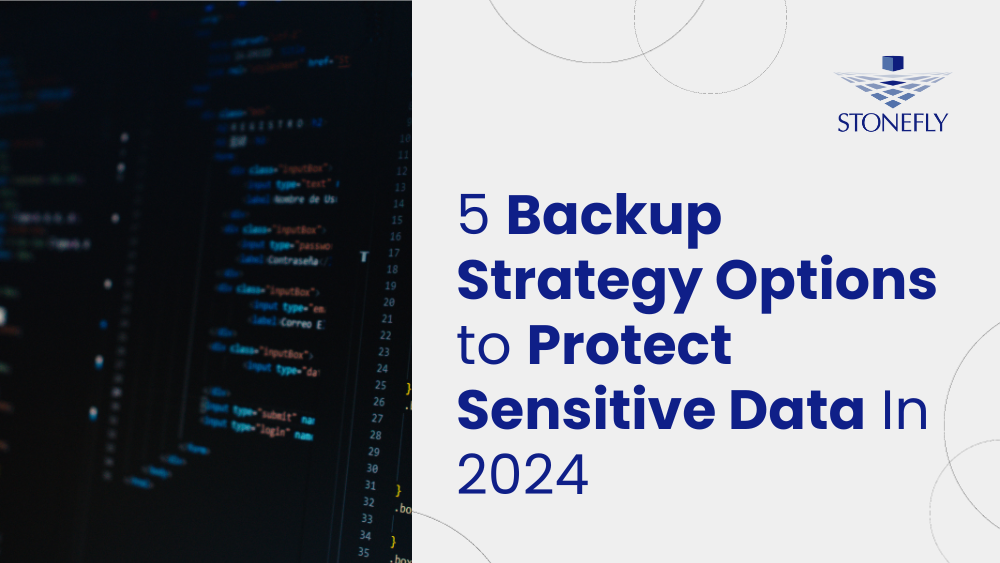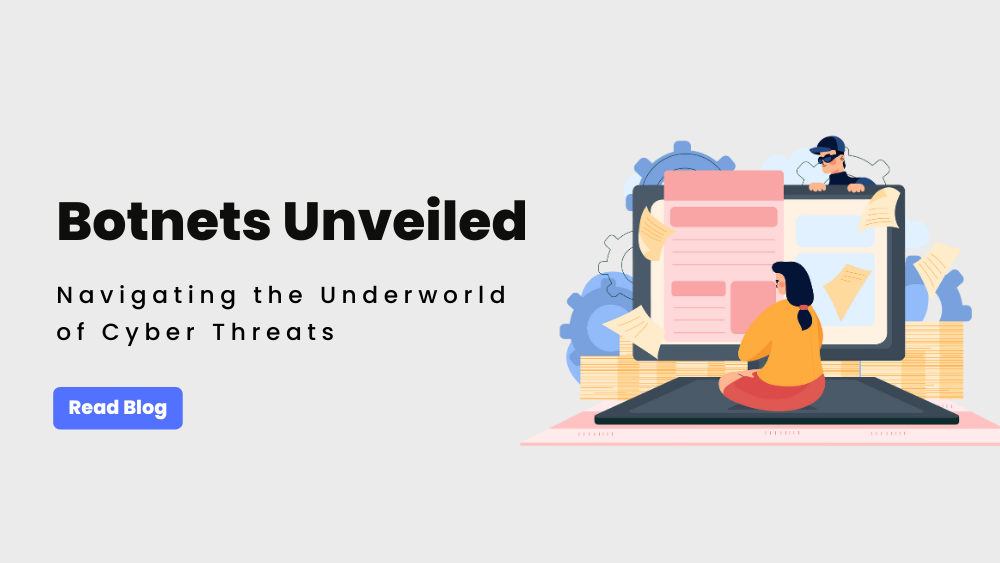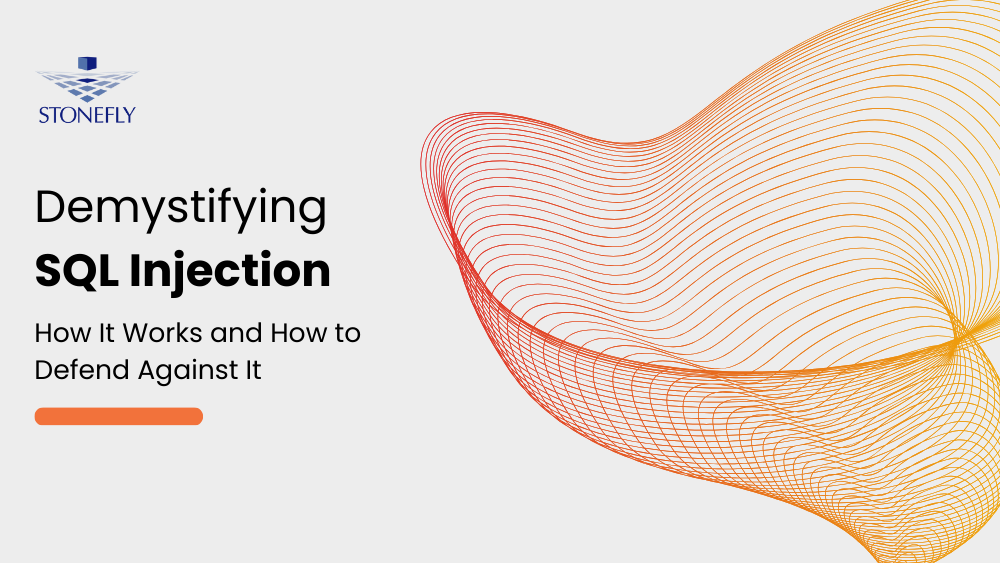Downtime is bad for business. When applications, data and services are unavailable, business is disrupted, customers and stakeholders are unhappy, and regulatory authorities fine you. The true cost of unplanned downtime goes beyond lost revenue. How does one calculate downtime costs?
In this blog, we’ll take a closer look at downtime, how to calculate downtime costs, and the best practices to minimize it.
What is “downtime”?
“Downtime” is when most, or all, production and business processes are unavailable. This can be caused by hardware failure, human error, ransomware attack, accidental/malicious deletion, failed software updated, power/network outage, and natural disasters.
When an organization experiences downtime, its IT systems, such as servers, production, cloud, databases, and applications, are offline or unavailable.
The longer the downtime, the higher the costs. The cost of downtime includes monetary losses in the form of lost sales, cost of repair/maintenance/support, and overtime pay for employees, in addition to reputational damage.
Without an effective backup and disaster recovery (DR) plan, organizations risk prolonged downtime, disruption, data loss, and financial and reputational damages.
The Two Types of Downtime: Planned and Unplanned
Most outages can be classified under two types of downtime: planned and unplanned.
What is planned downtime?
Planned downtime is when the storage administrator anticipates an outage and system unavailability. This can be due to system maintenance/repair, forklift upgrade, software patch, operating system (OS) update(s), and testing.
Typically, planned downtime is scheduled on the weekends and holidays so that employee productivity and business is not negatively impacted.
What is unplanned downtime?
Unplanned downtime is sudden, uncontrolled, and can happen anytime. It can be caused by ransomware attack, human error, zero-day exploits, virus, hackers, power/network outage, phishing campaigns, and natural disaster.
Whether it’s a ransomware attack or a server hardware issue, unplanned downtimes are costly, disrupt critical business operations, and impact employee productivity. With the right backup and recovery system(s), organizations can effectively minimize downtime and ensure business continuity.
Calculating the True Cost of Downtime
Downtime costs are different for each organization depending on the scale and the industry they’re in. For example, a small to medium sized business (SMB) in healthcare may have higher downtime costs as compared to a large-scale service provider in food industry.
It’s important to note that the cost of downtime goes well-beyond lost revenue/sales. To calculate this cost, business owners need to analyze operations that can be affected directly or indirectly by downtime.
What you need to know to calculate the cost of downtime:
Here’s what you need to know to calculate the cost of downtime:
- Analyze the percentage of processes, operations, services, and applications, that are disrupted, the revenue they generate, and they impact they have on employee productivity.
- Consider the average hourly/daily/weekly/monthly revenue.
- Estimate how much revenue your business expects to lose when certain processes/operations are disrupted/unavailable.
How to calculate the percentage of productivity lost and revenue loss
The information above will allow you to have an estimate of productivity and revenue loss due to unplanned downtime.
Any of the following three formulae can be used to calculate productivity loss:
- Productivity loss = (Number of affected users) x (percentage of productivity impacted) x (salary per hour) x (length of the downtime)
- Productivity loss =(Number of affected users) x (percentage of productivity impacted) x (profit per employee) x (length of downtime)
- Productivity loss = (Number of transactions per hour) x (percentage of productivity impacted) x (average profit per transaction) x (length of downtime)
Here’s the formula to calculate the lost revenue:
Lost Revenue = (Gross annual revenue) / (Total business hours in a year) x (percentage of productivity impacted) x (length of downtime)
It is also important to note that downtime costs are not just defined in terms of lost revenue. The cost also includes reputational damage, that can affect customer trust, breached service level agreements (SLAs), and regulatory compliance issues.
How to Reduce IT Downtime Costs
The best way to make sure that unplanned downtime has minimum impact on production is to be prepared for it beforehand. Here are the best practices to reduce the length of downtime, and the resulting costs:
Have a Disaster Recovery Plan
An effective disaster recovery plan details what backup administrators need to do to reduce downtime efficiently and with minimum impact to production. It details preventive measures, to minimize the spread of downtime if it’s caused by ransomware, and data recovery measures once the hardware is repaired/restored.
It’s important to note that an effective disaster recovery plan is one that’s continuously tested and updated. Features such as a virtual sandbox environment facilitate this by providing a bubble network that allows for disaster recovery testing without impacting production.
Set Up a Backup and Disaster Recovery (BCDR) Solution
Backup and DR makes sure that you have a way to recover data and restore operations, even when all else fails.
A reliable backup and DR solution comes with built-in ransomware protection capabilities, such as air-gap, immutable file and S3 object lockdown, snapshots, encryption, and allows for quick recovery with features such as granular file-level restore, multi-VM spin up, and direct restore to cloud. A great example of such a BCDR solution that offers said capabilities is the StoneFly DR365V Veeam-ready backup and DR system.
Automation is a key component of a reliable backup and DR solution because it reduces management overhead, and the chances of human error. This follows that air-gap and immutability must be automated for them to be truly effective.
Reduce Surface of Attacks
Surface of attacks are vulnerable endpoints that ransomware and hackers can exploit to gain access to your network and encrypt and/or steal critical data.
In a typical backup system, there are three surfaces of attacks:
- Backup server (Veeam, Commvault, Rubrik, Zerto, etc.)
- Switches (between the backup server and the storage stack)
- Storage stack
To prevent downtime, it’s necessary to reduce the possibility of a cyberattack from 3x to 1x and that can be done with automated air-gapped backups and immutability. This is the reason why automated air-gap and immutability are included as built-in features in all StoneFly backup and DR, storage, hyperconverged, and cloud-based solutions.
Remove Single Point(s) of Failure
Similar to surface of attacks, if there is no integrated hardware and software redundancy, the IT infrastructure is vulnerable to failure and downtime. By making sure that such single point(s) of failure are taken care of, preferably with automation, backup administrators can effectively reduce downtime.
For example, if there’s no RAID, a hard drive failure can lead to disruption or in the worst-case data loss. Similarly, if there’s only one copy of business-critical workloads, the moment the hardware/software fails, the system and the dependent processes will be disrupted. An easy way to overcome this is to have some form of backups; preferably in an automated air-gapped and immutable environment.
Minimizing Human Error
According to a 2020 ITIC survey, respondents held human error responsible for 60% of unplanned downtime.
The increase in targeted socially engineered phishing scams, ransomware attacks, corporate espionage, business email compromise (BEC), and supply chain attacks, suggest that human error will continue to be a leading cause of unplanned downtime.
While human error cannot be completely eliminated, it can be minimized, and here’s how:
- Automate routine business-critical processes such as backups, air-gapping, immutability, snapshots, recovery, failover/failback, and backup and DR testing.
- Regularly test backups to make sure that they haven’t been corrupted, and are available for recovery when necessary. Better yet, automate these tests using a virtual sandbox environment that doesn’t impact production.
- Educate your employees to spot phishing campaigns and other imprints of cyberattacks early-on which will then allow them to act appropriately. Therein limiting exposure and reducing the chances of data loss, disruption, and downtime.
Mitigate Unplanned Downtime with StoneFly
To reduce unplanned downtime and its costs effectively, you need to plan ahead, have reliable backup and disaster recovery (DR), and automate it to avoid human error, that’s where StoneFly comes in.
StoneFly offers the following solutions and services to help you from planning, set up, testing, to recovery:
- Smart Protect Services – Our experts work with you to plan your backup and disaster recovery, set it up, optimize it, test it, and fully/partially manage it remotely.
- Veeam-Ready Backup and DR Solution (DR365V) – Fully turnkey automated air-gapped and immutable Veeam-ready backup and DR appliances with onsite/cloud S3 object storage.
- Veeam Cloud Connect Backup and Replication to Cloud – No room for hardware or looking for an offsite data protection solution? Leverage Veeam cloud connect backup to Azure/AWS for cloud backup, and/or set up replication to StoneFly private cloud for cloud disaster recovery. We offer a complete solution that includes Veeam licenses, management server, gateway, and air-gap and immutable storage in the cloud for your choice.
- Veeam-Immutable Veeam Air-Gapped (VIVA) Nodes – Fully automated physical air-gapped nodes with integrated policy-based power and network management.
Conclusion
Downtime is unpredictable and a reactive approach to downtime is costly. Downtime costs depend on how long it takes to recover data and systems. The costs are not just limited to lost revenue. They also include reputational damage, repair/recovery costs, SLA fees, compliance fines, and PR-related costs. Safe to say, it’s necessary for businesses today to prepare beforehand for downtime.
The best way to minimize unplanned downtime and its costs is to plan ahead, test regularly, and have a reliable backup and disaster recovery solution that includes automation, air-gap, and immutability.
Need help with downtime costs? We can help! Contact our experts to discuss your projects today.
